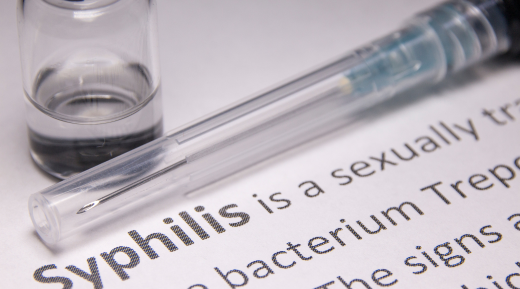



To receive important alerts and updates from Gold Coast Primary Health Network, please submit the form below.
"*" indicates required fields

To receive important alerts and updates from Gold Coast Primary Health Network, please submit the form below.

Infectious syphilis cases have increased in Queensland in recent years, with a consequent increase in cases of ocular syphilis.
Clinicians are reminded to consider syphilis as an underlying cause of ocular inflammation.
Approximately 0.5 to 1.5% of people with syphilis may have ocular symptoms, the most common of which is uveitis/ iritis. Syphilis can affect all ocular structures, with most presentations not specific for syphilis. Ocular syphilis can occur at any stage of syphilis infection. People may have concurrent symptoms of primary, secondary or neurosyphilis at the time of their ocular complaint, or present with ocular symptoms in isolation.
Consider syphilis in people in an at-risk group who present with reduced visual acuity, blurred vision or a red eye. Have a low threshold for offering a syphilis test as part of the clinical work up in people who are sexually active. A patient with uveitis that has not responded to basic treatment should have a syphilis test.
All people diagnosed with syphilis infection should be asked about ocular and auditory symptoms and undergo a cranial nerve examination.
Syphilis with ocular involvement requires urgent ophthalmic referral and intravenous antibiotic therapy and should be discussed with a sexual health or infectious diseases specialist. Delays in diagnosis and treatment can result long term vision loss.
Further information is available at:
Syphilis | Communicable disease control guidance (health.qld.gov.au)
Neurosyphilis, Ocular Syphilis, and Otosyphilis – STI Treatment Guidelines (cdc.gov)
Furtado, JM., et al. “Ocular syphilis”. Survey of Ophthalmology 67.2 (2022): 440-462.
So we can provide you with the most accurate information,
please tell us a little more about yourself

